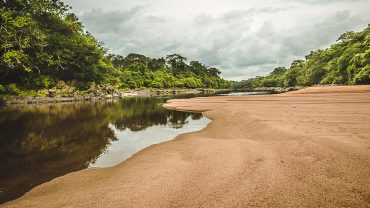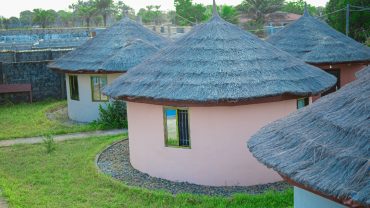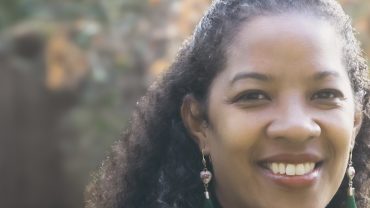The forest reserve at Kangari Hills is home to an important forest wildlife community, including forest and savanna dependent birds, chimpanzees and elephants.
Location of Kangari Hills Forest Reserve
This reserve is located in the Kunike and Bonkolenken Chiefdoms in the Tonkolili District, Northern Province and the Valunia Chiefdom in the Bo District, Southern Province. It occurs about 210 km east of Freetown. The forest at Kangari is part of a range of hills, the highest being Kang-ari, which is outside the reserve. The hills are drained by a number of rivers and the valleys support swamps suitable for agriculture. The region is the source of two main rivers passing through the centre of the country – The Pampana River to the northeast and the Moa River to the southwest.
Birds
There are no records of previous ornithological work except for a White-necked Rockfowl survey done by H.S. Thompson in 1993 during which six active colonies containing 11 nesting sites were discovered. The IBA survey produced a bird list indicating 115 species, representing 34 families. This includes three globally threatened – White-necked Rockfowl (Vu), Black-faced Rufous Warbler (Vu), and Green-tailed Bristlebill (Vu) – and three near-threatened species. The forest holds 33% of the Guinea forest biome, and 18% of Guinea-Sudan savanna biome species.
Mammals and other fauna
Threatened primate species occur: Western Chimpanzee (En), Red Colobus Monkey (Vu), Black-and-white Colobus Monkey (NT), Diana monkey (Vu). Other threatened mammals are Leopard (Vu), Water Chevrotain (NT), Black Duiker (NT), Maxwell Duiker (NT), Forest Elephant (En), Forest buffalo (NT).
Access and Facilities
Makali in the northeast and Baomahun in the south are sizeable towns within 10 km of the reserve. The Tama-Tonkolili forest reserve (proposed IBA) and the Mamunta-Mayoso Wildlife Sanctuary, are within 40 km to the northwest and northeast respectively. The reserve is accessible from Kono (50 km to the east) via the highway leading to Makali and from Bo (60 km to the south) via the highway leading to Boamahun. There was a hydroelectric power station at Makali, which was functional during the wet season and part of the dry season. Pipe-borne water is available. The reserve is accessible through a number of footpaths linking illegal settlements within the reserve and the villages outside.
Information provided courtesy of the Conservation Society of Sierra Leone




Comment (0)